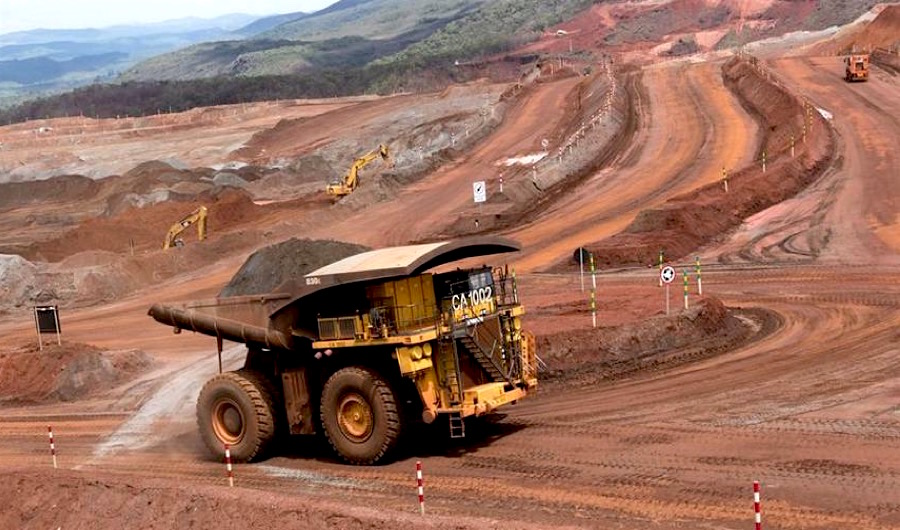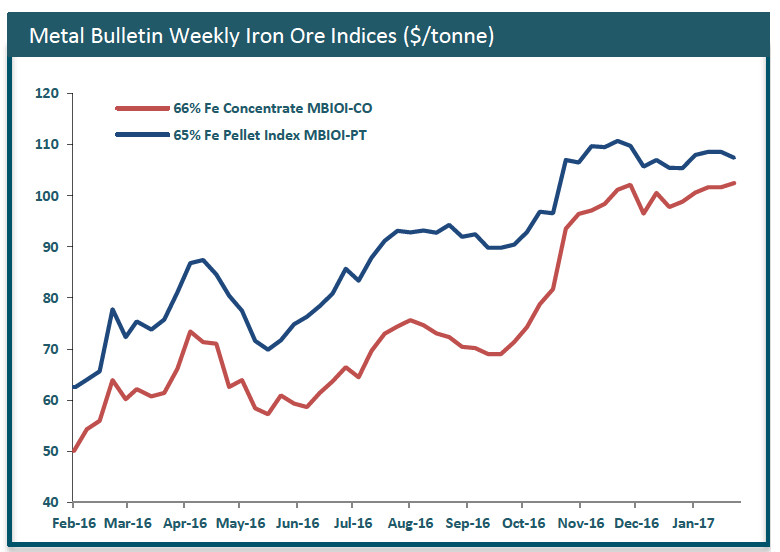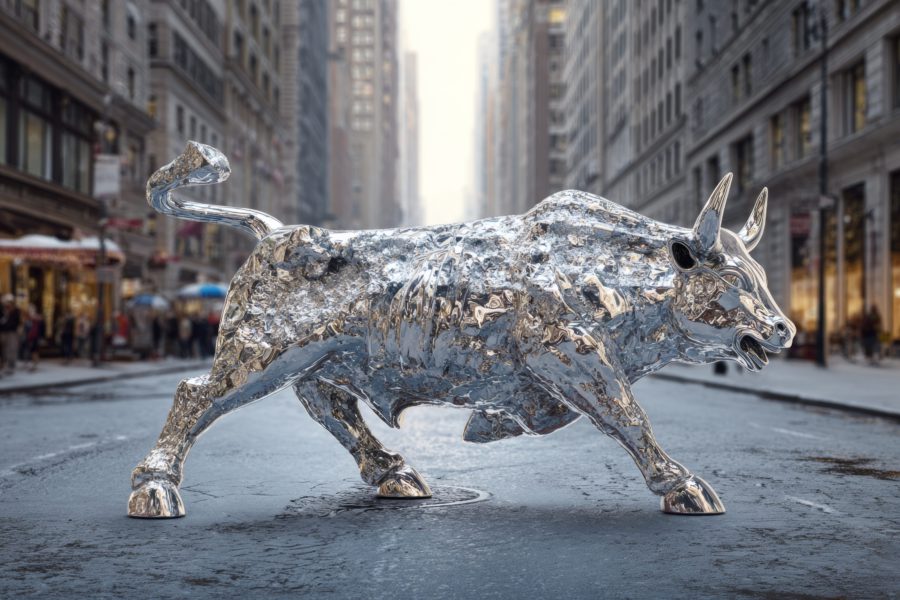Iron ore soars past $92 a tonne, highest price in 2.5 years

Iron ore continued to defy forecasts for a sharp price collapse Monday as the steelmaking ingredient added more than five dollars per tonne hitting the highest price since August 2014.
Seaborne ore with 62% content delivered to the port of Qingdao shot up to $92.23 a tonne, or $5.61 more per tonne from its Friday’s price, according to the Metal Bulletin. The index has risen more than $8 a tonne just over the last two trading days, and more than doubled its value over the past year following near-decade lows of $38 a tonne in December 2015.
Ongoing rally comes as top buyer China continues to need higher-quality ore than the one produced locally.
The ongoing rally comes as China’s economy remains strong and the top buyer continues to need higher-quality ore than the one produced locally to support Beijing’s “One Belt, One Road” initiative — promoting infrastructure projects along historical land and sea trade routes.
It has also been triggered by Chinese steel mills need to replenish their stocks of seaborne after the Lunar New Year break earlier this month.
The price spike coincides as well with a recent slowdown in iron ore production, which grew only 1.1% last year to 3.26 billion tonnes, versus the 6.5% compounded annual rate of growth in the nine years to 2015, according to Thomson Reuters.
And while several analysts continue to predict a major price correction in the second half of the year, mostly due to rising supply from Australia and Brazil, Rio Tinto (ASX, LON: RIO) chief financial officer Chris Lynch told Bloomberg Television’s Daybreak Australia on Monday that he believes iron ore prices will remain strong.
“The key issue is that we have to be robust in case the price goes up, down or sideways, and that’s what we set out our business to do,” Lynch said.

Forging more than half the world’s steel, Chinese imports of iron ore for the full year 2016 topped one billion tonnes for the first time. The 1.024 billion tonnes constitute a 7.5% increase over the annual total in 2015 and is indicative to what extent exporters from Brazil and Australia has been able to displace high-cost domestic producers.
Because Chinese ore is of such a low quality most Chinese fines require sintering (fines are mixed with coking coal and partially smelted) before being fed into blast furnaces.
Sintering adds to the environmental impact and costs which does not fit well with Beijing’s green agenda. China’s steelmakers have been substituting domestic supply and reducing the percentage of fines in favour of pellets and so-called “lump” ore from Australia, South Africa and South America which lowers costs and cut pollution by reducing the need for sintering.
The government is also pushing to eliminate overproduction in the steel sector by consolidating the industry under a few large companies and shutting down low-quality producers which often use scrap as feedstock.
{{ commodity.name }}
{{ post.title }}
{{ post.date }}




Comments